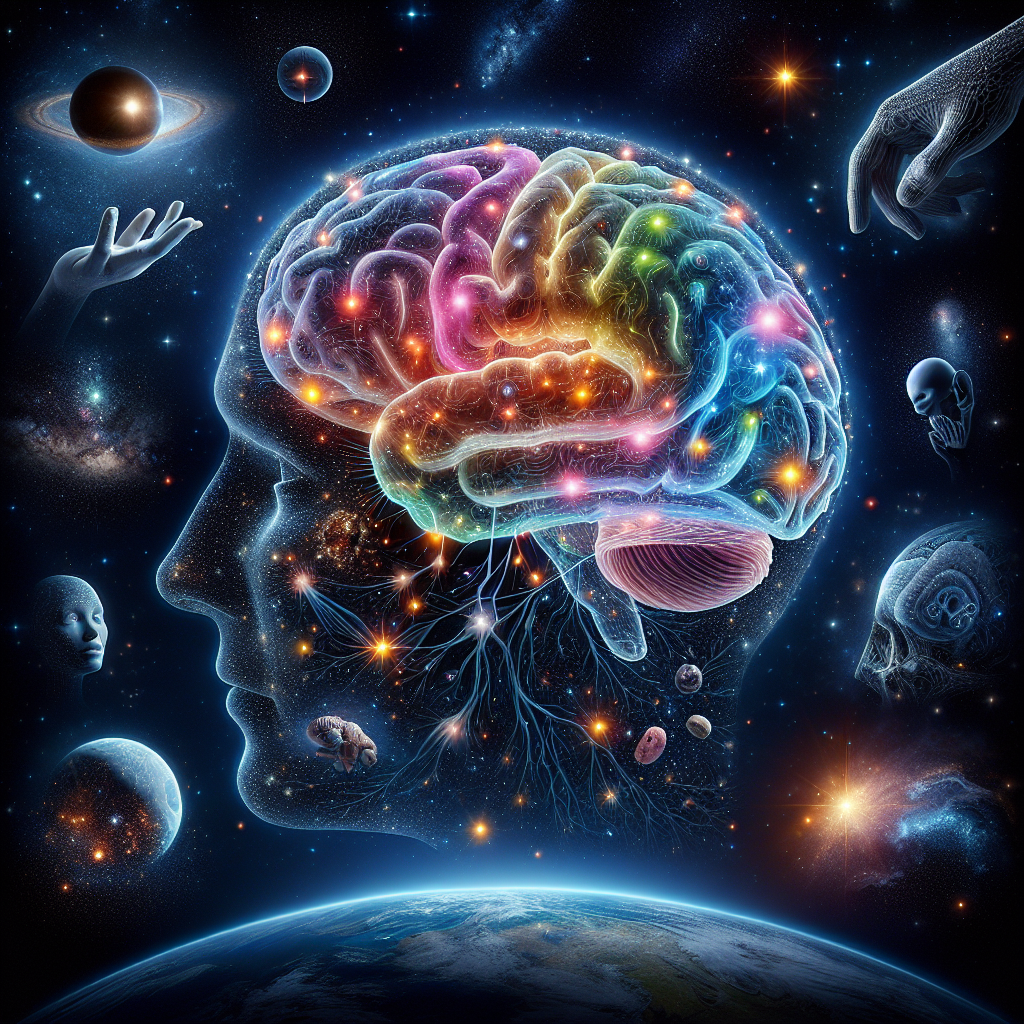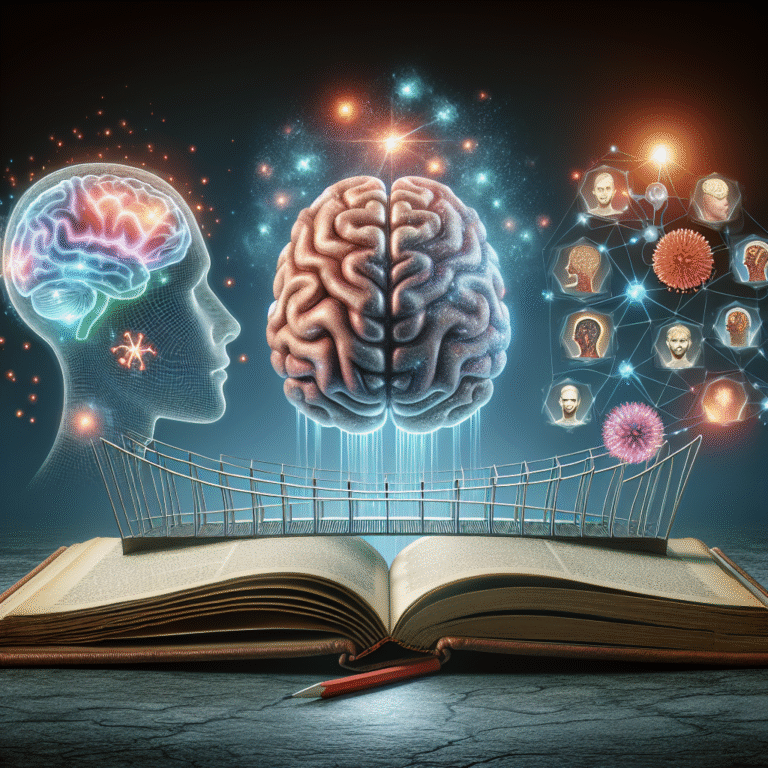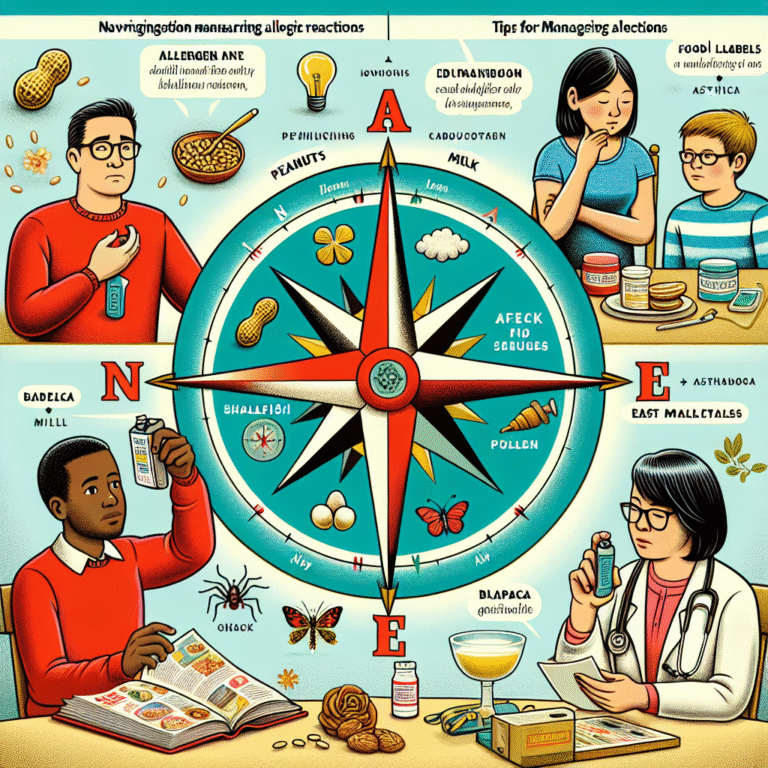
Introduction
Imagine stepping into a bustling café: the rich aroma of freshly brewed coffee lingers in the air, cheerful chatter fills your ears, and vibrant colors flash by as people move around. How does your brain piece together this sensory symphony? The science behind sensory processing is not just a fascinating exploration; it’s essential for understanding how we interact with the world. This in-depth article will delve into The Science Behind Sensory Processing: How Our Brains Interpret the World, unveiling the mechanisms that enable our brains to interpret sensory information, and how this understanding has profound implications for our daily lives.
What is Sensory Processing?
Sensory processing refers to how our brains receive, organize, and respond to information from our sensory organs. From the moment light enters our eyes to the complicated grapevine of neural signals triggered by touch, taste, sound, and smell, each sensory experience informs our perception of reality.
The Primary Senses
To grasp The Science Behind Sensory Processing: How Our Brains Interpret the World, let’s start with the primary senses:
- Visual: The vast array of colors and shapes that we perceive through our eyes.
- Auditory: The sounds we hear, ranging from music to spoken language.
- Olfactory: The scents we encounter, which often evoke memories and emotions.
- Gustatory: The flavors we taste, which can influence our dietary preferences.
- Tactile: The sensations of touch, temperature, and pain that inform us about our environment.
The Role of Other Senses
Beyond these classic five senses, we also rely on:
- Vestibular System: Responsible for our sense of balance and spatial orientation.
- Proprioception: The ability to sense the position of our body parts in relation to one another.
Understanding the interplay of these senses is crucial in exploring The Science Behind Sensory Processing: How Our Brains Interpret the World.
How Sensory Processing Works: A Closer Look
The Pathway of Sensation
- Reception: Sensory receptors detect stimuli from the environment.
- Transduction: These stimuli are converted into electrical signals.
- Transmission: Signals are sent to the brain via sensory neurons.
- Processing: The brain interprets and makes sense of the signals.
Table: Summary of Sensory Processing Steps
| Step | Description |
|---|---|
| Reception | Detecting environmental stimuli |
| Transduction | Converting stimuli to signals |
| Transmission | Sending signals to the brain |
| Processing | Interpreting signals |
Neural Pathways
The routes traveled by these signals vary by sense. For instance, visual pathways travel through the eyes, funneled through the optic nerve to key areas in the occipital lobe. Auditory signals, on the other hand, flow through the auditory cortex in the temporal lobe.
Case Study: The Split-Brain Experiment
In a fascinating experiment conducted by Roger Sperry, patients with severed corpus callosum—a condition that restricts communication between the two brain hemispheres—demonstrated how sensory processing is both localized and integrated. When a visual object was placed in their left field of vision, they could not verbally identify it but could point it out. This underscores the distinct but interconnected processing pathways of the brain.
The Brain’s Interpretation Mechanism
Once input reaches the brain, various regions collaborate to decode the information based on context, prior experiences, and expectation. This phenomenon is known as predictive coding.
The Challenges of Sensory Processing
Sensory Processing Disorder (SPD)
Some individuals experience challenges in processing sensory information, known as Sensory Processing Disorder (SPD). This condition affects how the brain interprets everyday stimuli, leading to over-sensitivity or under-sensitivity.
Case Study: SPD in Children
Research shows that children with SPD may struggle in social situations due to heightened sensitivity to noise or light, impacting their educational experience. Interventions such as occupational therapy provide targeted strategies to help these children navigate their sensory world.
The Impact of Environment
Environmental factors significantly affect how we process sensory information. Factors like noise pollution, lighting, and even color can influence our mood and cognitive function. For instance, studies reveal that natural light significantly enhances our ability to concentrate and process information efficiently.
Real-World Applications: Improving Lives
Understanding The Science Behind Sensory Processing: How Our Brains Interpret the World has practical applications in various fields, crafting environments that are more conducive to optimal sensory processing.
In Education
Creating sensory-friendly classrooms can enhance focus and learning. For instance, implementing quieter areas for students who may feel overwhelmed can significantly improve their academic performance.
In Workplace Design
Modern offices are increasingly designed with sensory processing in mind. Incorporating elements like soundproofing, adjustable lighting, and comfortable seating can optimize productivity.
In Therapy
Occupational therapists use the principles of sensory processing to develop strategies that support individuals with SPD. Techniques include desensitization and sensory integration activities to improve their engagement in daily tasks.
The Impact of Technology on Sensory Processing
As we delve deeper into The Science Behind Sensory Processing: How Our Brains Interpret the World, it’s essential to consider how technology shapes our sensory experiences.
Virtual Reality (VR)
VR technology offers immersive environments that can stimulate all senses simultaneously. This has promising applications in therapy, education, and entertainment. For instance, individuals with PTSD may benefit from virtual simulations designed to help them confront their fears incrementally.
Augmented Reality (AR)
AR enhances the real world by overlaying digital information, helping people process sensory input more effectively. For example, AR applications in education can provide visual context to abstract concepts, aiding comprehension.
Conclusion
The exploration of The Science Behind Sensory Processing: How Our Brains Interpret the World reveals a complex and fascinating interplay between our sensory systems and our brain’s interpreting mechanisms. From the immediate surroundings to the broader societal implications, understanding sensory processing enhances our ability to navigate the world effectively.
Takeaway
As we go about our daily lives, being conscious of how we process sensory information allows us to foster environments that enhance focus, improve interactions, and facilitate better relationships with ourselves and others. The next time you step into a bustling café, take a moment to appreciate the intricate dance happening within your brain—and see the world with new eyes.
FAQs
1. What is sensory processing disorder (SPD)?
SPD is a condition affecting how the brain processes sensory information, leading to challenges in responding to stimuli.
2. Can sensory processing improve with therapy?
Yes, therapies like occupational therapy can help individuals develop coping strategies to manage sensory challenges.
3. How does technology influence sensory processing?
Technology, particularly VR and AR, can create environments that enhance sensory engagement and learning.
4. Are there ways to create sensory-friendly environments?
Yes, consider noise reduction, adjustable lighting, and structured spatial arrangements to create more sensory-friendly spaces.
5. How can understanding sensory processing benefit educators?
Educators can design classrooms that cater to diverse sensory needs, fostering a more inclusive and effective learning environment.
By understanding The Science Behind Sensory Processing: How Our Brains Interpret the World, we unlock the potential to enrich our lives, optimize our environments, and better support those around us.

















